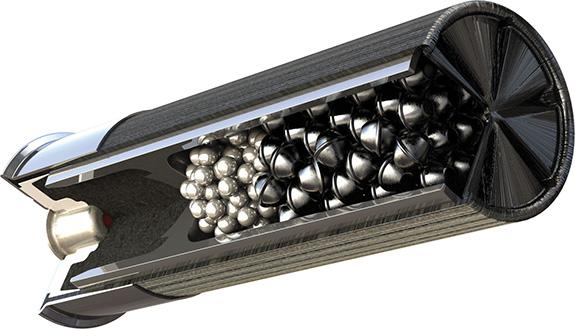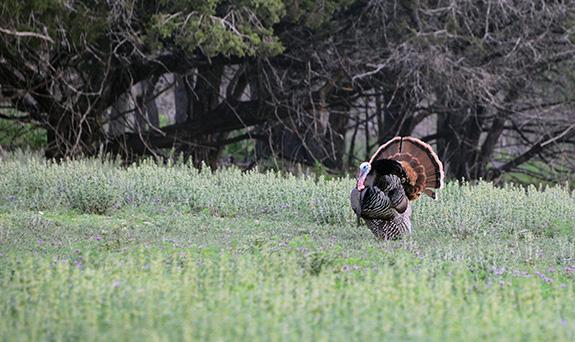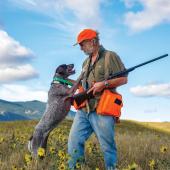Tungsten Toms
Avoiding toxic shot in the field.
When wildflowers bloom beside dwindling snow patches, many hunters’ thoughts turn toward calling in lovesick gobblers.
Although using lead ammunition to hunt waterfowl was banned in 1991, using lead for upland bird hunting is still considered fair game, despite the health hazards lead poses to children, pregnant women, and avian scavengers like bald and golden eagles.
Sure, those pockets full of steel shotshells that wore holes in your duck-hunting jacket last winter will harvest a gobbler in a pinch, but consider the superior performance of tungsten. Tungsten is heavier than lead and harder than steel, and the resulting downrange 12-gauge pattern to 50 yards and beyond will have you questioning the nickname “scattergun.” Because tungsten is so dense, #7 is the largest shot size you’ll need. Also popular is #9, but since that size in lead shot is reserved for quail-sized quarry, hesitation is understandable.
Be warned, there will be some sticker-shock if you’re accustomed to paying 12 bucks for a box of shotgun shells. But it’s bearable when weighed against all your other hunting expenses, and considering that a single well-placed shot ends the average turkey season. One box will last you a long time.
Consider giving tungsten ammunition a try this spring, to help keep lead off your dinner table and protect scavengers like eagles that eagerly follow our adventures afield after a long winter.
For more info on getting the lead out, check out the North American Non-Lead Partnership at nonleadpartnership.org.













